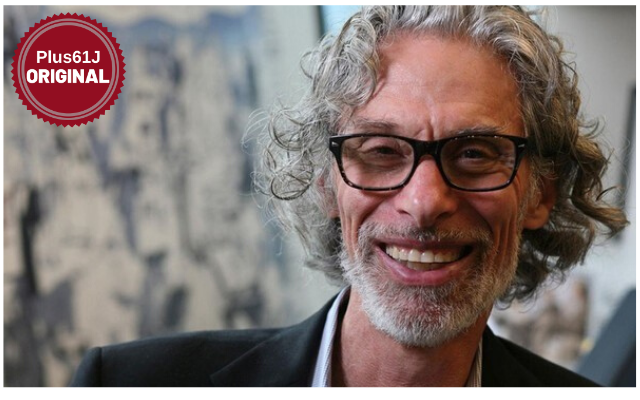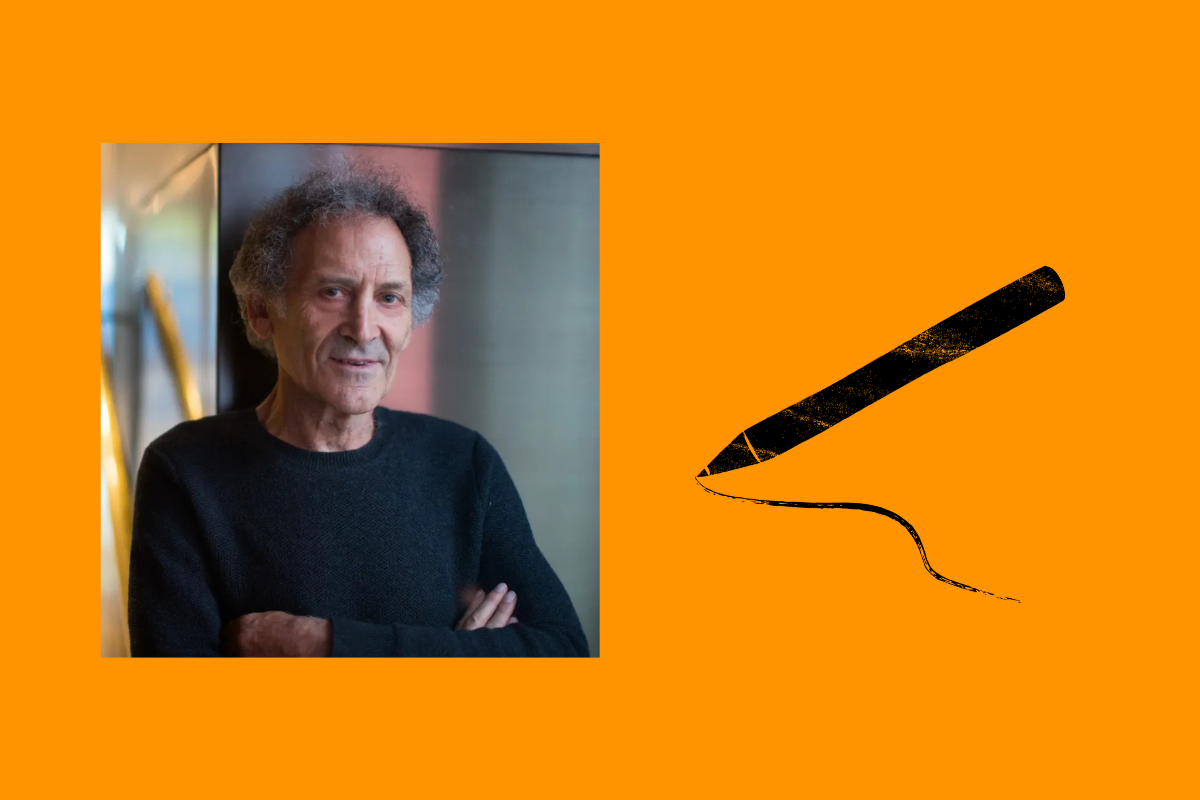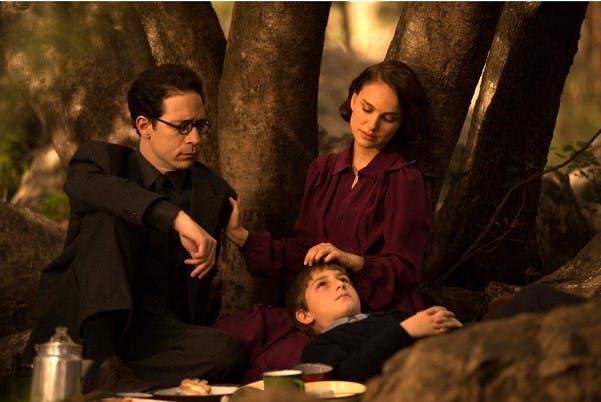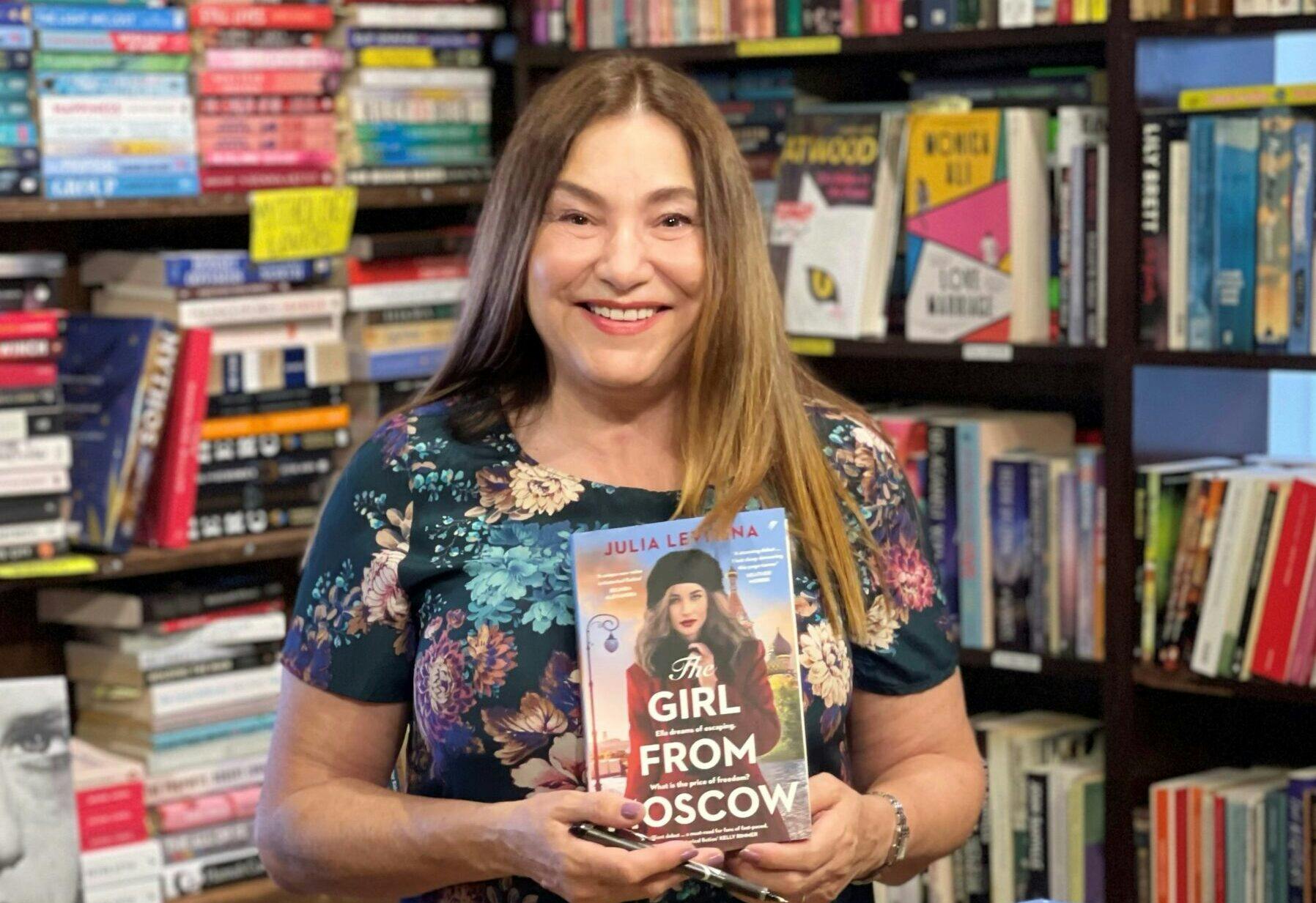Published: 3 January 2020
Last updated: 5 March 2024
“Before there was stand-up, you were just called a comic. I could have been a comedian but when I got out of graduate school and I wanted to go into comedy, there weren’t really any comedy clubs. I would have had to go back to the Borscht Belt, which was dying even then,” Mankoff says.
The Borscht Belt, also known as the Jewish Alps, were the summer resorts of the Catskill Mountains in upstate New York where comedians such as Jerry Lewis, Mel Brooks and Henny Youngman gained celebrity in the 1950s.
Mankoff stayed on the comedy path, taking a detour into cartooning. As cartoon editor at The New Yorker magazine for 20 years (1997-2017), and editor of a number of cartoon compilations, including the hefty, two-volume The New Yorker Encyclopaedia of Cartoons, he has spread humour across the globe.
His most recent book, Have I Got a Cartoon for You (published in September) is a celebration of Jewish cartoons.
[gallery columns="1" size="medium" ids="32879"]
So, are Jews the People of the Joke? It hasn’t always been that way, Mankoff says. “Jews weren’t really considered funny until the 18th century. They’re not even considered funny then; they’re considered sarcastic, with a mean sense of humour, partly because they’ve been in communities where they’ve been oppressed or taken advantage of.
“It’s not until the late 19th century, when there are a lot of Jewish jokes and we find a lot of them in Freud and the relationship with the unconscious.
“What we know is true is that people think Jews are funny. Do they have a distinctive sense of humour that’s different? I certainly feel that way. I think the best kinds of Jewish jokes are complicated, a little bit layered, not just a one-liner.
“What people say about Jewish jokes is that they tend to be more self-deprecatory, more about themselves, more clever, using a kind of crazy logic. So, they are all characteristic of what people think are different and maybe they are different. But I give talks about Jewish humour and I say they are different, or I wouldn’t have anything to talk about,” he quips.
Mankoff has been travelling the US giving presentations in tandem with his new book. As we talk via computer - he in his New York office at Esquire, where he is Cartoon and Humour Editor, and me in Sydney - he realises he can take me through his spiel with visuals.
“I’ll do something really cool for you: I’m going to give you a quick run through of my presentation.”
He starts with a Google search, looking for “how many comedians are ...”, and the word that automatically pops up in the first few options is “Jewish”.
[gallery columns="1" size="large" ids="32882"]
“You don’t have what percentage of comedians are Uzbeks,” Mankoff says. He then looks at past comedians who were Jewish, before coming to a video excerpt from Seinfeld.
“Did you ever see Seinfeld in Australia,” he asks. I assure him that not only did we see it, but that our children constantly have it on reruns. (Earlier in the interview he asked if I was Jewish and responded to my answer with delight: “So there are Jews everywhere, even on the other side of the world!”)
Mankoff starts playing a collection of jokes made by Seinfeld’s (recently converted) Jewish dentist, who takes ownership of a collective Jewish history he has been part of for only a few days.
[embed]https://www.youtube.com/watch?v=OsWDohWkkC0[/embed]
ANOTHER TRAIT ATTRIBUTED to Jewish humour is that we are always “kvetching”.
“Well, all humour is about bad things. There’s no humour about good marriage, good politics or good sex … yeah, good for you.” Mankoff says a classic example is Rodney Dangerfield, one of the performers he saw as a kid on holidays with his parents in the Borscht Belt.
He plays me some lines: “I’m all right now but last week I was in rough shape. Last week I told my wife I’m getting a home improvement loan. She gave me a thousand dollars to move out …
And this one: "I rang up my wife and said I’m getting excited. I’ve been thinking about the last time we had sex. She said, who is this?”
Mankoff says, “I grew up with this kind of humour. I was influenced by those kind of rhythms, which I think are Jewish. The Catskills in the 50s, that’s when I’m growing up, and all those comedians are Jewish. Of course, they’ve all changed their names. The joke I used to make - maybe I can’t make it anymore - is Jews are to American humour what blacks are to American basketball.’”
So, when he talks about Jewish humour, is he principally talking about American Jewish humour?
“Where you find the dominance is because American culture is dominant: let me put it this way, your kids are watching Seinfeld. When the Jews leave Eastern Europe, the great migrations, so New York City in 1880 has 100,000 Jews. By 1910 it has a million. Those Jews are coming over here, they’re assimilating, and a lot of them are using their ability to be funny to go into vaudeville then movies, not so much silent movies.
“Once you get humour on the radio and you really need gag factories - people creating joke after joke after joke - the Jews become very much involved in that.”
[gallery columns="2" size="large" ids="32936,32937"]
WHEN MANKOFF decided to get into comedy and stand-up wasn’t an option, he was lucky he could draw and be funny like that. But he concedes that it usually takes a different sort of person to be a successful comedian or cartoonist.
“Most cartoonists are introverted. I’m not, but most are. The comedian has to be an extrovert. They might actually be introverted, and, in truth, a lot of comedians are, but what they project is confidence, going out there and telling the jokes, and selling the jokes. The cartoonist can’t sell the cartoon.
“They can’t, by their personality, make you laugh. The old saying about a comedian is: The difference between a comedian and a normal person is that a comedian doesn’t say funny things. He says things funny. And to some extent, that’s true.”
Just as there’s a difference between the type of people who speak or draw funny, there’s a difference between a joke and a cartoon, though they share similarities, Mankoff says.
“Most cartoonists are introverted. I’m not, but most are. The comedian has to be an extrovert. What they project is confidence, going out there and telling the jokes, and selling the jokes. The cartoonist can’t sell the cartoon.
“Let’s say I tell a joke, and I say I’m 75, which I am: The good news is it could be worse; the bad news is, it will be. That’s the joke, nothing to do with the image. For a cartoon, the caption should work with the image.”
The marrying of caption and image is behind one of Mankoff’s greatest gifts to The New Yorker: the weekly caption competition. Each issue, a cartoon appears on the back page and readers from around the world compete to provide the funniest caption.
I tell him that in our home, we’ve created a reverse caption competition, where the words are given and players have to draw a complementary image. He slowly warms to the idea as he talks it through aloud.
“So, you could start with the idea that the caption itself is not very funny. We have to make something funny out of it. Yeah, I think you could do that and then it’s a game.” He suggests an appropriately dull caption. “Just a glass of water for me. Then, if there’s a fish, then that’s funny, right,” he chuckles.
Mankoff has nurtured a generation of cartoonists and provided an international audience for their work. He’s also created the website Cartoon Collections, where people can purchase prints from the book and license images for use in merchandising. He reminds me of this as we finish our conversation.
“That’s sort of important because the cartoonists make money from that. I make money from that.
“I’ve got to run now. I’m off to Denver (to give another talk) where there are more Jews.”
Who knew?
Cartoons: courtesy Cartoon Collections.com
Have I Got a Cartoon for You! (published by Moment) is available online from Amazon, for US$19.95



